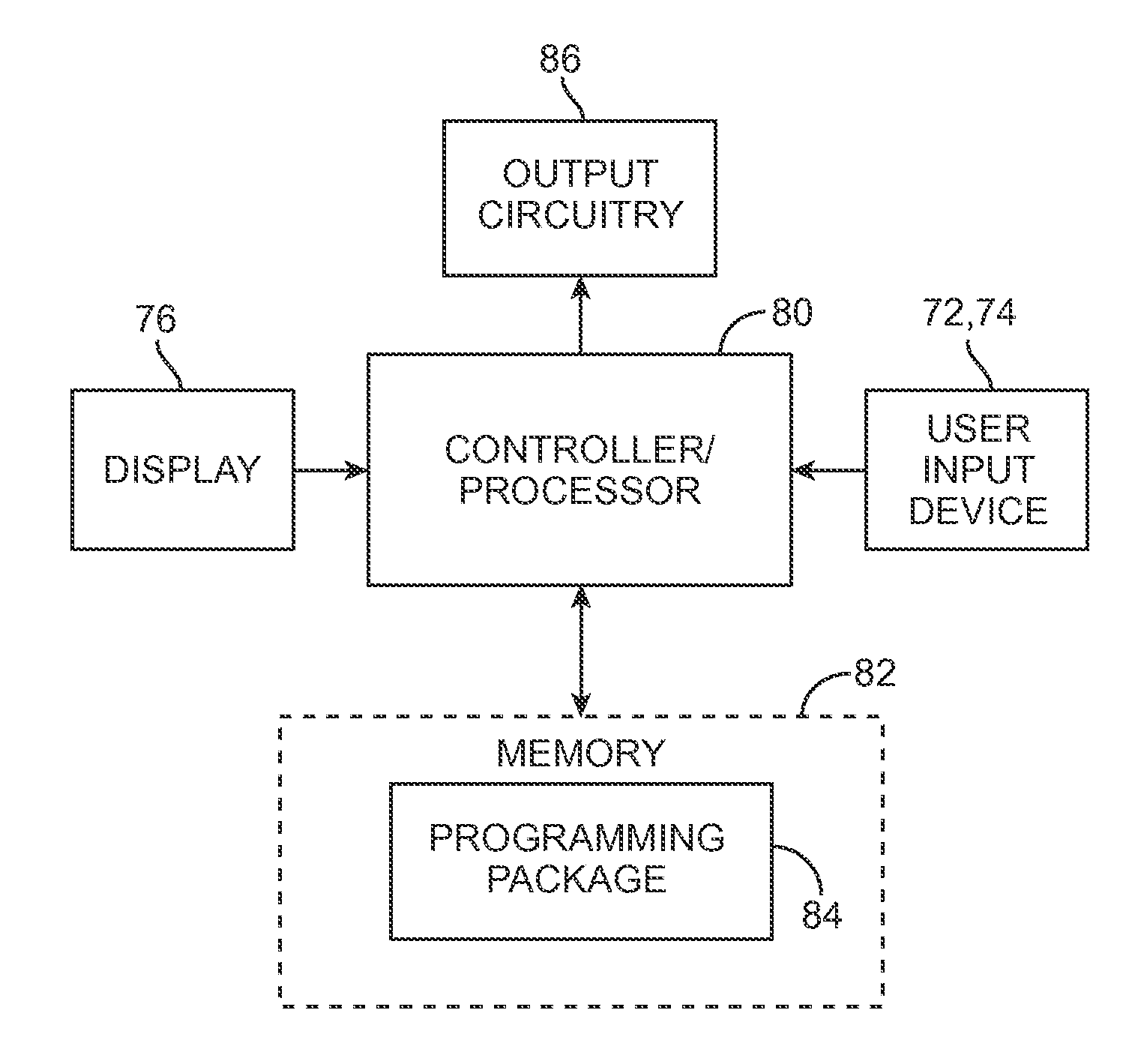Systems and methods for programming a neuromodulation system
a neuromodulation system and system technology, applied in the field of tissue modulation systems, can solve the problems of inability to program user interfaces that enable more intuitive programming, the difference between effective and ineffective pain therapy, and the adverse side effects of neuromodulation therapy
- Summary
- Abstract
- Description
- Claims
- Application Information
AI Technical Summary
Benefits of technology
Problems solved by technology
Method used
Image
Examples
Embodiment Construction
[0042]Turning first to FIG. 1, an exemplary SCM system 10 generally includes a plurality (in this case, two) of implantable neuromodulation leads 12, an implantable pulse generator (IPG) 14, an external remote controller RC 16, a clinician's programmer (CP) 18, an external trial modulator (ETM) 20, and an external charger 22.
[0043]The IPG 14 is physically connected via one or more percutaneous lead extensions 24 to the neuromodulation leads 12, which carry a plurality of electrodes 26 arranged in an array. In the illustrated embodiment, the neuromodulation leads 12 are percutaneous leads, and to this end, the electrodes 26 are arranged in-line along the neuromodulation leads 12. The number of neuromodulation leads 12 illustrated is two, although any suitable number of neuromodulation leads 12 can be provided, including only one, as long as the number of electrodes 26 is greater than two (including the IPG case) to allow for lateral steering of the current. Alternatively, a surgical ...
PUM
 Login to View More
Login to View More Abstract
Description
Claims
Application Information
 Login to View More
Login to View More - R&D
- Intellectual Property
- Life Sciences
- Materials
- Tech Scout
- Unparalleled Data Quality
- Higher Quality Content
- 60% Fewer Hallucinations
Browse by: Latest US Patents, China's latest patents, Technical Efficacy Thesaurus, Application Domain, Technology Topic, Popular Technical Reports.
© 2025 PatSnap. All rights reserved.Legal|Privacy policy|Modern Slavery Act Transparency Statement|Sitemap|About US| Contact US: help@patsnap.com



